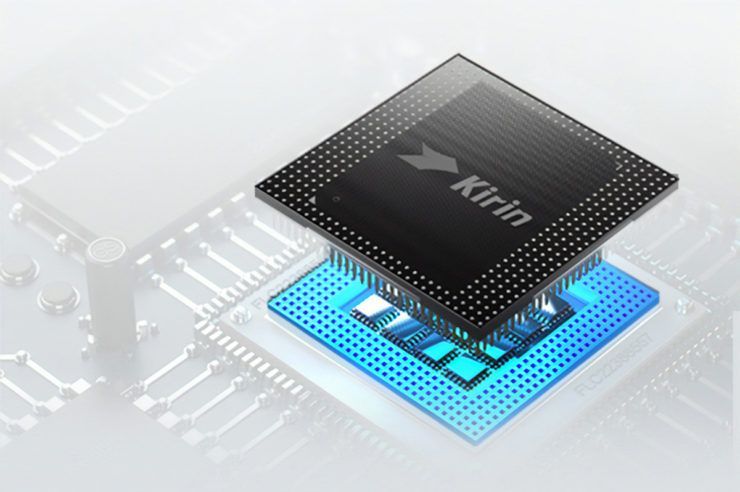The Kirin 980 was the first 7 nm FinFET chipset to power Huawei’s future flagships. Currently, Huawei is working on Kirin 990 for the second half of 2019.
Kirin 990 will use the same node as Kirin 980, but with an integrated 5G modem
Under the name Kirin 990 the SoC will have an important difference to the Kirin 980, the integration of the 5G modem. The next generation of SoC for future smartphones is underway, but it is very likely that Huawei will reserve it for its premium line next year.
According to a LinkedIn profile allegedly owned by a Huawei engineer (via MySmartPrice), the Chinese company has already started work on Kirin 990. Apparently, the engineer is working on energy-efficient prefabrication for the next chipset. The recently introduced Snapdragon 855 chipset also features a data retrieval system that has been optimized to increase efficiency, so it’s no wonder Huawei is working on the same line. Apart from that, LinkedIn’s profile did not reveal any other critical data.
According to reports, the Kirin 990 SoC could be an improved version of the Kirin 980 chipset, meaning it would have a similar architecture. The improvements are expected to have an impact on operating frequencies and quantities. Like the Kirin 980 chipset, the rumored chip is manufactured in a 7 nm FinFET process from TSMC, which is expected to have the same triple cluster configuration as the Kirin 980 and optimize performance and efficiency as needed.
In addition, this could be the first chip with an integrated Huawei 5G modem, as in the case with the Balong 5000 5G modem. It is very unlikely that we will see the Kirin 990 chip with the Huawei P30 and P30 Pro phones coming onto the market early next year.
